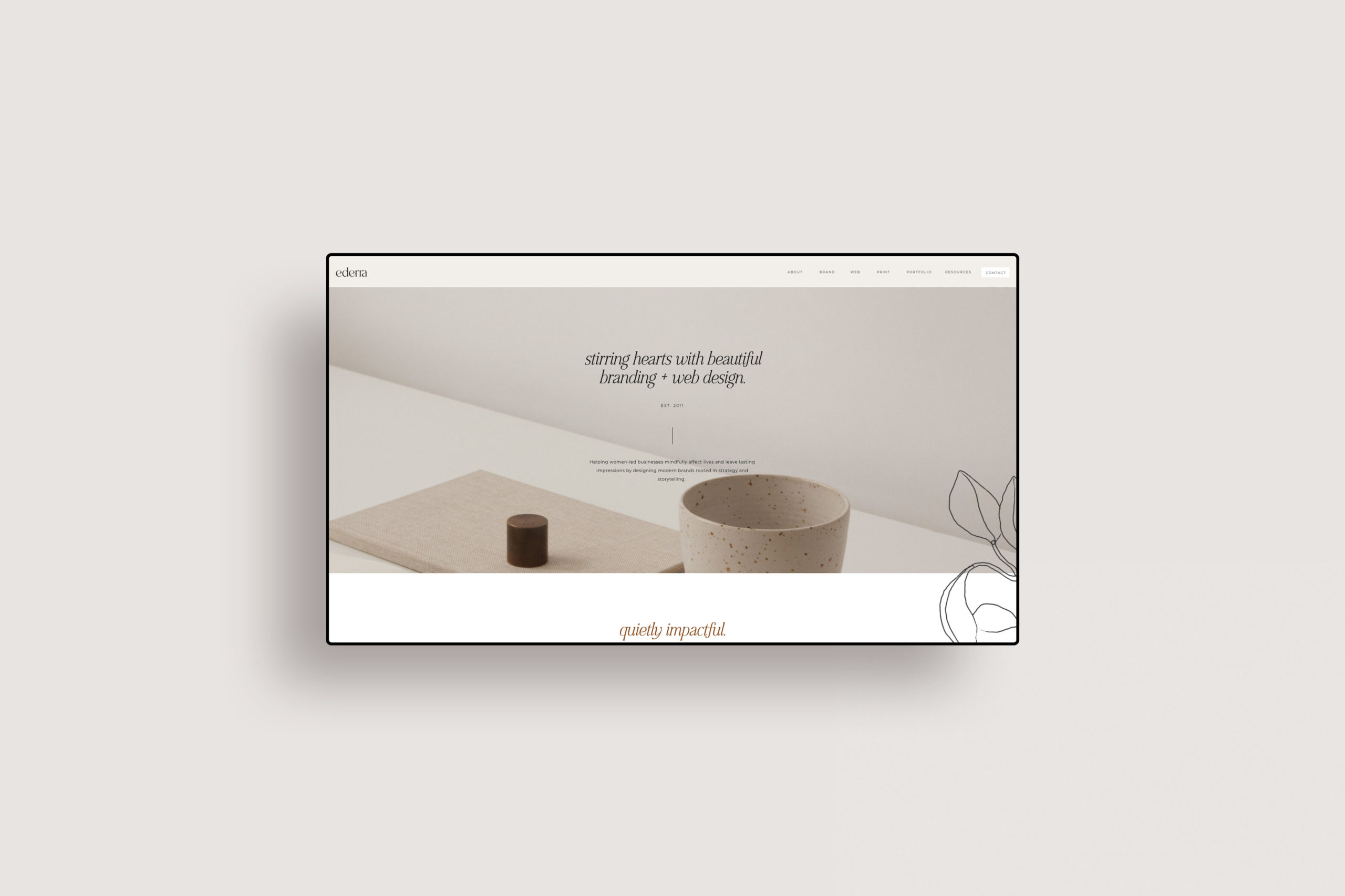CG Insights
Explore the latest trends and insights in technology and culture.
Less is More: The Allure of Minimalist Web Design
Discover how minimalist web design can elevate your site. Embrace simplicity and see why less truly is more for captivating user experiences!
The Psychology Behind Minimalist Web Design: Why Less is More
The concept of minimalist web design is rooted in the psychological principle of simplicity, which posits that people are more likely to engage with content that is presented clearly and concisely. When a website is cluttered with excessive information, users can experience cognitive overload, making it difficult for them to find the information they need. This leads to frustration and ultimately results in users exiting the site before they have a chance to engage. In contrast, a minimalist approach helps streamline the user experience, allowing visitors to focus on what's essential and navigate the site with ease.
Moreover, less is more in web design promotes a sense of calm and clarity. Studies in cognitive psychology suggest that people are naturally attracted to designs that appear balanced and straightforward. By leveraging white space and employing a limited color palette, designers can create a visual hierarchy that directs users' attention to key elements without overwhelming them. This not only enhances usability but also encourages users to spend more time exploring the site, ultimately leading to higher engagement and conversion rates.

10 Key Principles of Minimalist Web Design for a Clean User Experience
The concept of minimalist web design revolves around simplicity and functionality. One of the key principles is to use white space effectively, allowing content to breathe and making it easier for users to focus on the essentials. By limiting the number of elements on a page, you not only enhance the aesthetic appeal but also improve navigation, leading to a more intuitive user experience. Another crucial aspect is the use of a limited color palette; sticking to a few complementary colors helps create a cohesive look and avoids overwhelming visitors with visual clutter.
Furthermore, an essential principle of minimalist design is to prioritize content hierarchy. This can be achieved through the strategic use of headings, size variations, and positioning, guiding users naturally through the information presented. Additionally, responsive design is vital, ensuring that your website looks and functions flawlessly across all devices. Lastly, employing functional typography can enhance readability and reinforce your brand identity, making it a pivotal component of a successful minimalist web design.
Is Minimalism the Future of Web Design? Exploring Trends and Benefits
As we delve into the question of minimalism being the future of web design, it's essential to recognize the shifting preferences of users and designers alike. The trend towards minimalist design emphasizes simplicity, functionality, and clarity, often prioritizing user experience above all. By removing unnecessary elements and distractions, websites can load faster and provide visitors with a more intuitive navigation. This approach not only enhances aesthetic appeal but also aligns with the growing demand for responsive designs that look great on any device. Designers are increasingly adopting a clean layout that highlights content, allowing users to focus on what truly matters.
The benefits of a minimalist approach extend beyond visual appeal. For instance, websites that embrace minimalism tend to see improved SEO performance due to better loading times and lower bounce rates. A clear and concise design can also foster trust and credibility with users. According to studies, audiences are more likely to engage with content that is presented in a straightforward manner. As we move further into the digital age, it seems evident that minimalist web design not only makes for an attractive interface but also serves practical purposes, making it a viable contender for the future of web design.